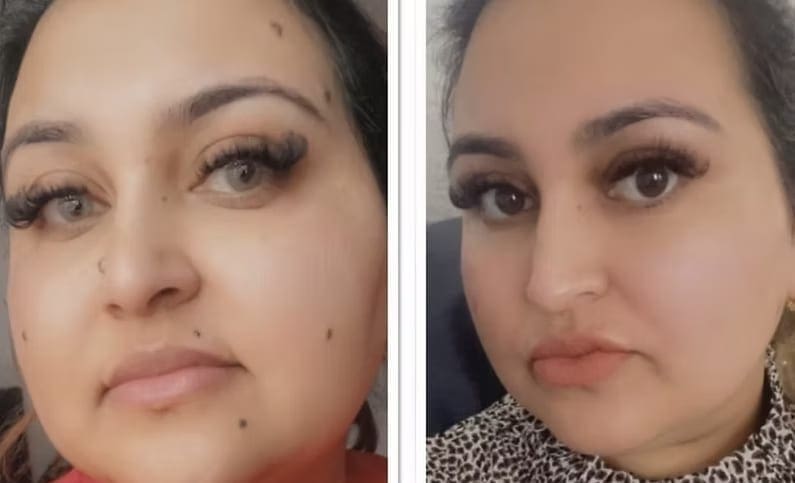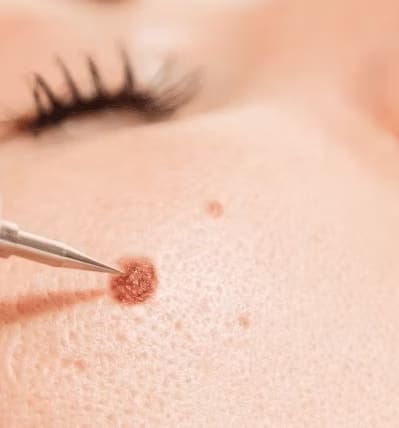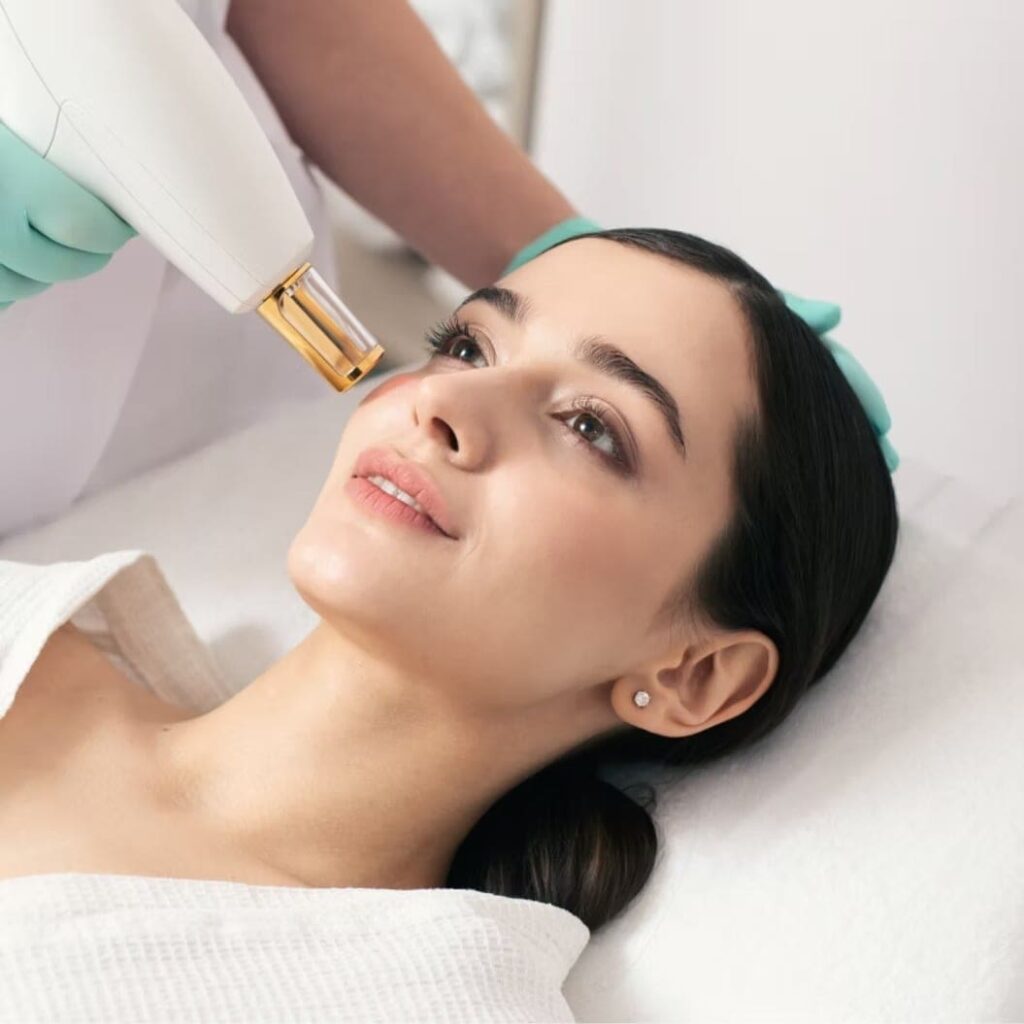Moles and their reduction
Moles or nevi are common growths that occur when pigment cells in the skin, called melanocytes, cluster together. Although most moles are benign and harmless, some moles are unsightly and even hazardous to health because they can develop into melanoma, a form of skin cancer. Because of cosmetics and health concerns, many people request mole removals. This article will look at various aspects of mole removal, focusing on the main methods available in London, what these procedures might cost, and what one needs to consider when selecting a mole removal clinic.
Moles - What Are They?
Moles are generally categorised, for simplicity's sake, by their appearance and origin.
● Atypical Moles: Also known as dysplastic nevi, these are larger than common moles and have an irregular shape or more than one color. These are more likely to turn into melanoma and therefore require closer observation.
● Congenital Moles: Present at birth and vary significantly in size. Larger congenital moles have a greater chance of becoming malignant.
● Acquired Moles: These usually develop later in life due to sun exposure and are generally harmless.
Indication for Mole Removal
Mole removal may be contemplated for several reasons:
● Skin Cancer Concerns: Changes in the size, color, or shape of a mole may indicate melanoma. Removing the mole for biopsy helps determine if it’s cancerous, allowing for early diagnosis and treatment. Early detection is vital to prevent the spread of melanoma, which can be life-threatening if untreated.
● Irritation and Discomfort: Moles located in areas frequently rubbed by clothing or jewelry can become irritated, causing discomfort or pain. Removal in these cases improves comfort and overall quality of life.
Methods of Mole Removal
Mole removal may be contemplated for several reasons:
Surgical excision
● Advantages: Surgical excision removes the entire mole, including its root, significantly reducing the risk of recurrence. It also allows for a clear margin around the mole, helping ensure that no malignant cells remain.
● Considerations: This procedure can leave a scar, the size of which depends on the mole’s location and size. However, skilled surgeons use techniques to minimize scarring as much as possible.
Laser Removal
● Advantages: The laser removal method is minimally invasive, very slight scarring is possible, and there is a fast recovery period. The procedure is also somewhat painless since it leaves the lesion area intact; thus, it is in great demand, especially among those who have low pain tolerance.
● Considerations: Laser removal does not work as effectively for deep or big moles. It may also require more sessions to get a full removal. Moreover, in most cases, it is not covered by an insurance policy, especially when performed for cosmetic purposes.
Electrolysis Mole Reduction
● Advantages: Electrolysis is effective in reducing small moles with less scarring; it is a non-invasive procedure and hence suitable for those with a history of less aggressive treatment.
● Considerations: Multiple sessions may be necessary to achieve desired results, and the mole may not be completely removed. Electrolysis is most commonly used cosmetically for mole reduction instead of complete removal.

Mole Removal in London
Most of the well-acknowledged clinics in London offer a variety of mole removals. In terms of the selection of mole removal, one would be looking at a highly reviewed clinic staffed with qualified dermatologists and/or surgeons who can boast a good track record of previous successes. Variants of mole removal techniques to suit each specific situation or need of the patients are available in the London medical landscape.
Better clinics in London would always offer a consultation wherein the dermatologist would assess the mole and advise the best method of having it removed. Most of these clinics employ very modern technology and adhere to strict safety and hygiene guidelines to put one’s mind at ease.

Cost of Mole Removal in the UK
The cost of mole removal in the UK varies depending on the method used, the clinic’s location, and the size and complexity of the mole. On average, the costs are as follows:
● Shave Excision: £100 to £300 per mole
● Laser Removal: £100 to £350 per session
● Cryotherapy: £100 to £200 per mole
● Electrolysis Mole Reduction: £80 to £250 per session
These prices are approximate and can vary from one clinic to another. Also, an added charge may need to be applied if the mole has to be biopsied. The fact is always very important to bear in mind that private mole removal costs within the UK are unlikely to be covered by any medical insurance coverage, especially in instances where the procedure is for cosmetic reasons.
Other than the cost of the procedure itself, patients should also be open to subsequent sessions, as is often the case with non-invasive techniques like laser removal or electrolysis. This can be costly in case follow-up treatments are necessary.
Recovery and After-care
After the removal of moles, one should always have the right aftercare to make the area heal correctly or reduce the risk of scarring. Specific aftercare depends on the method used, but general tips include
Common Ingredients:
● Avoid Sun Exposure: Keep the treated area away from direct sunlight, as the UV rays can cause hyper-pigmentation or darkening of the scar. Wearing sunscreen and appropriate protective clothing may help shield the area from harmful UV rays.
● Monitoring of Complication: Infection signs, such as redness, swelling, or discharge from the site. If suspecting any complication, one can always inform the doctor. One should not delay visiting the doctor if some sort of unusual symptoms appear.
● Scar Management: Scars may result either from the method of treatment or, sometimes, skin type. Silicone gels or sheets can be used to minimize scarring over time.
Recovery times can vary depending on the mole removal method applied. Surgical excision, for instance, may take longer to heal than other less invasive methods, such as laser removal. Patients should follow their healthcare provider’s advice closely and attend any scheduled follow-up appointments to ensure proper healing.
Conclusion
Schedule a Consultation Today!
Find Skincare Consultation for Moles and Their Removal near you:
1. Skinoza Orpington, Bromley near Chislehurst, Bickley, Beckenham, West Wickham, Sidcup & Swanley.
2. Skinoza Greenwich near Canary Wharf, Deptford, Surrey Quays & Kidbrooke Village.
3. Skinoza Blackhorse Road, Walthamstow near Tottenham Hale & Seven Sisters.




